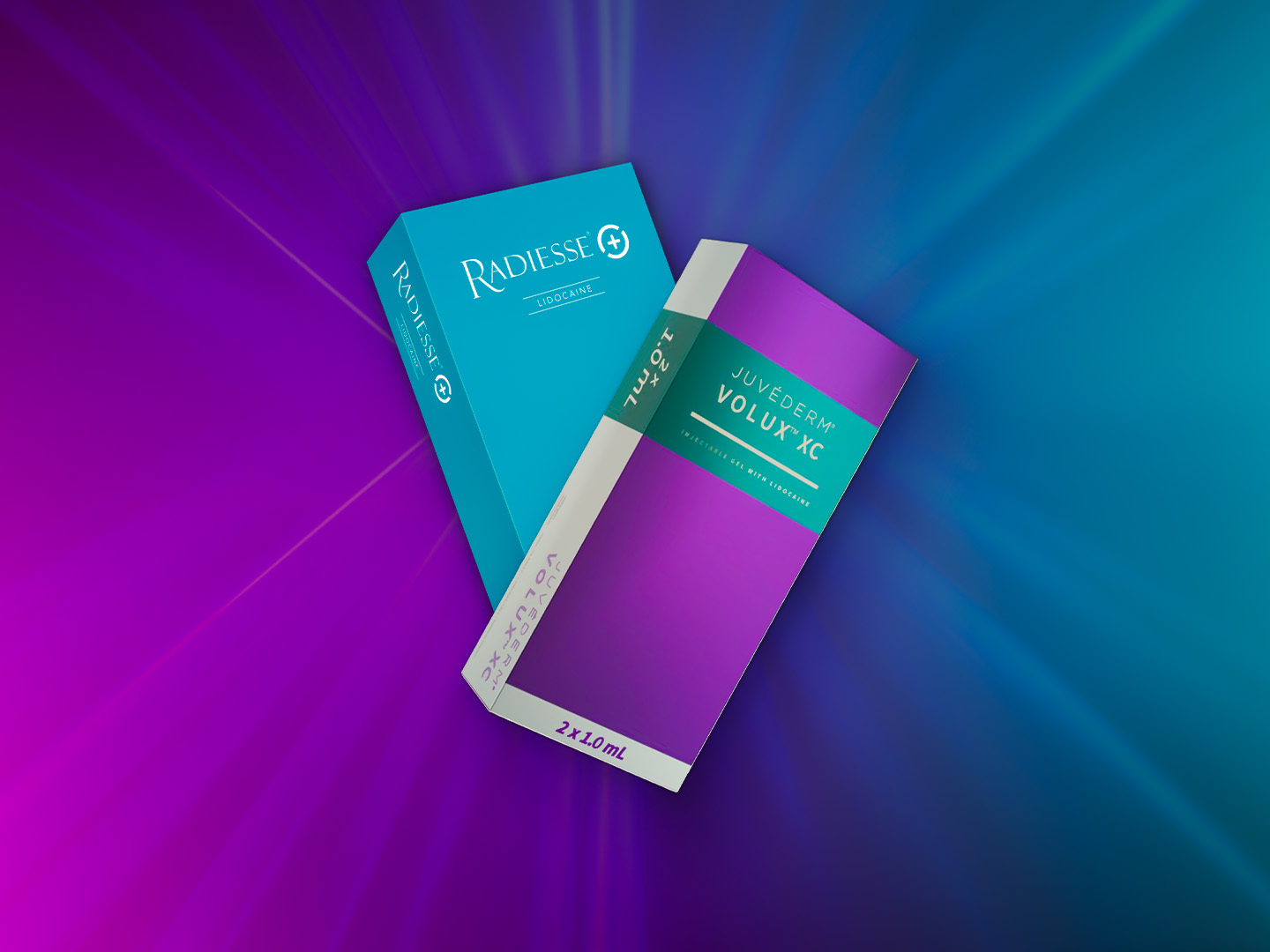
Radiesse and Juvéderm stand out as two clinically versatile yet fundamentally different products. Mastering their characteristics enables injectors to personalize treatments for optimal outcomes.
Whether you’re comparing a collagen-stimulating filler vs HA filler, or deciding between Juvéderm or Radiesse for volume restoration, understanding their unique properties is key. Hands-on skill development through aesthetic courses can greatly enhance clinical precision and safety for aesthetic professionals looking to improve treatment planning.

Radiesse Filler vs Juvéderm: Key Reasons for Clinical Comparison
Juvéderm and Radiesse are both FDA-approved and highly regarded in aesthetic medicine for facial rejuvenation and volume restoration. However, their differences in formulation, performance, and patient suitability make them valuable for distinct indications.
Juvéderm is ideal for patients seeking smooth, soft contouring with the added benefit of reversibility. It integrates seamlessly into dynamic facial areas and provides hydration alongside volume.
Radiesse, on the other hand, not only delivers instant volume but also stimulates collagen production for long-term structural enhancement. It is often used in patients who desire more lift, support, and definition, particularly in areas such as the jawline and chin.
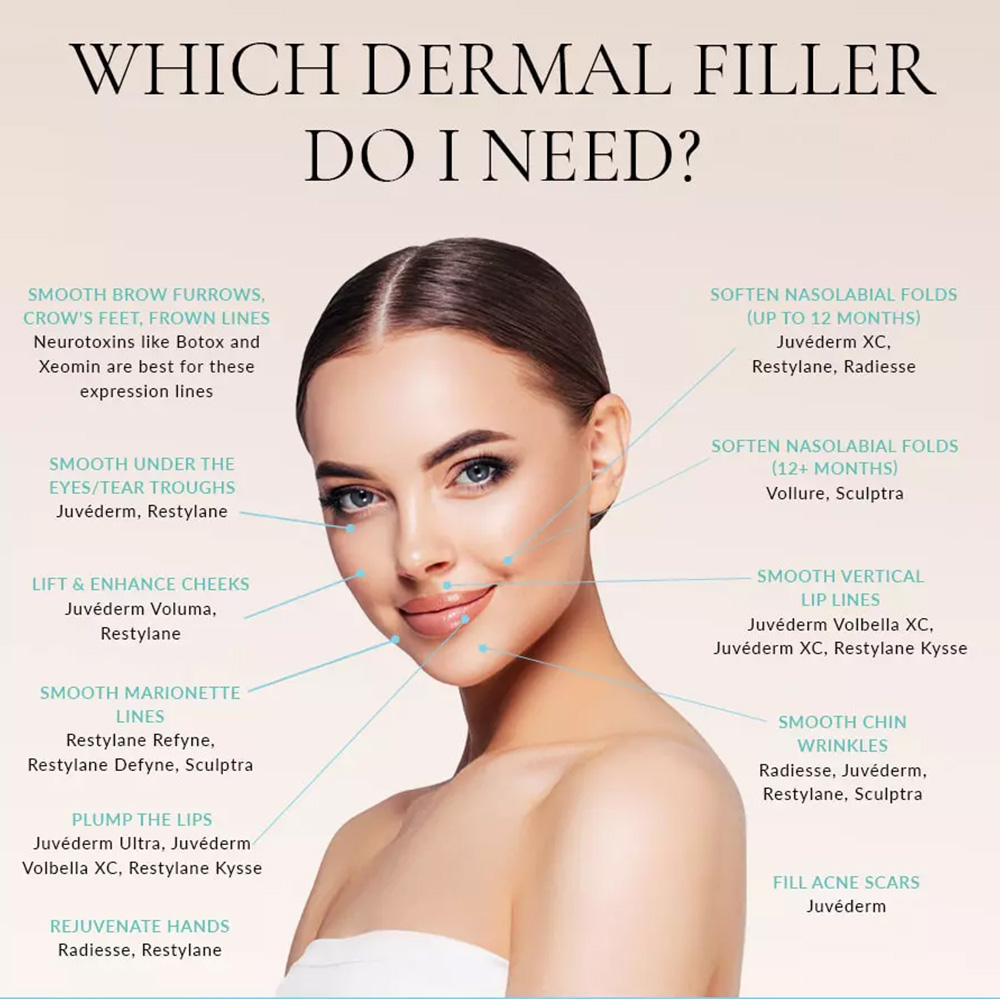
Composition and Mechanism of Action
Understanding the distinct compositions of Juvéderm and Radiesse is key to choosing the right product for each indication.
Juvéderm dermal fillers:
- Made of cross-linked hyaluronic acid (HA), a naturally occurring sugar that retains water for hydration and volume.
- Provides immediate, reversible results and can be dissolved with hyaluronidase.
- Varies in gel consistency across product lines, suitable for superficial and deep placement.
Radiesse dermal fillers:
- Composed of calcium hydroxylapatite (CaHA) microspheres suspended in a gel carrier.
- Offers immediate volume and stimulates fibroblasts to boost long-term collagen production.
- Non-reversible - requires advanced injection technique and deep placement to avoid complications.
Top Indications and Treatment Areas
Juvéderm products are particularly effective in areas requiring soft, mobile volume:
- Lips: Soft, natural volume with products like Juvéderm Volbella
- Tear troughs: Hydrating without heaviness when placed with finesse
- Nasolabial folds and cheeks: Flexible and natural-looking correction
Radiesse is best suited for structural support in:
- Jawline: Ideal for defining contours (best filler for jawline)
- Chin and cheeks: Adds firmness and scaffolding effect
- Hands: Improves volume loss and skin texture
However, Radiesse should not be used in delicate or mobile areas like the lips or under the eyes due to the risk of lumpiness or nodules.
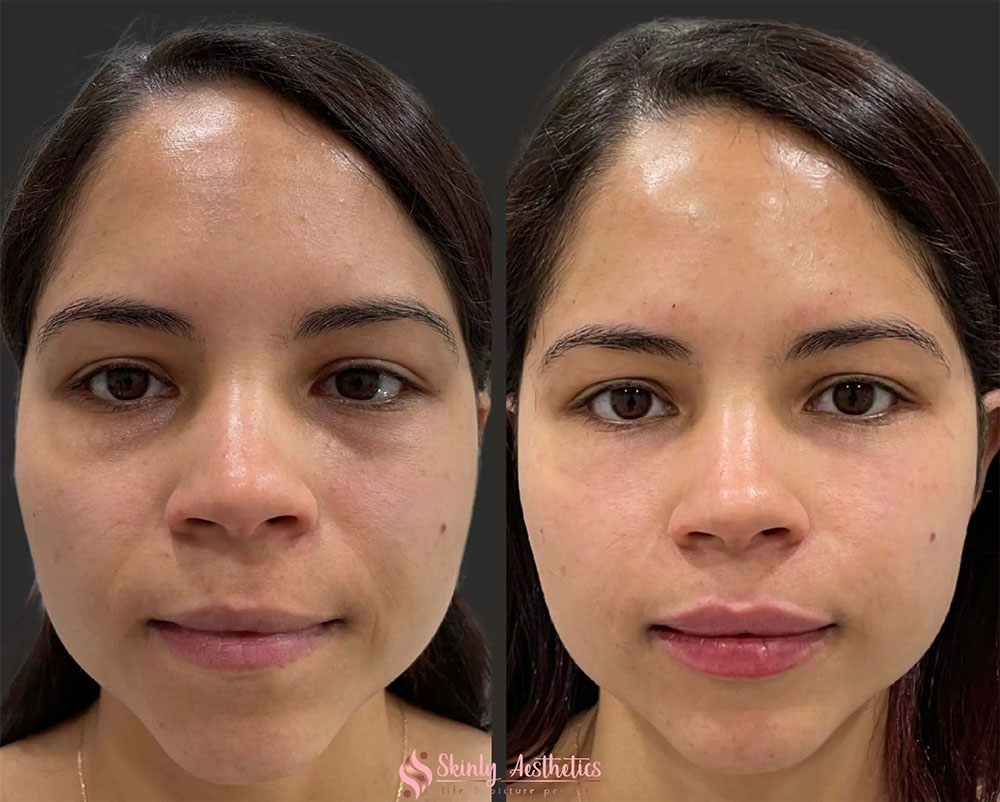
Longevity and Clinical Performance
Juvéderm typically lasts between 6 to 24 months, depending on the formulation used and patient metabolism. Radiesse offers results that last 12 to 18 months, with the added benefit of collagen stimulation extending the aesthetic improvements even after the gel has been absorbed.
A key clinical distinction lies in reversibility: Juvéderm can be dissolved with hyaluronidase, offering safety in case of complications. Radiesse, being non-reversible, requires precise technique and experienced handling.
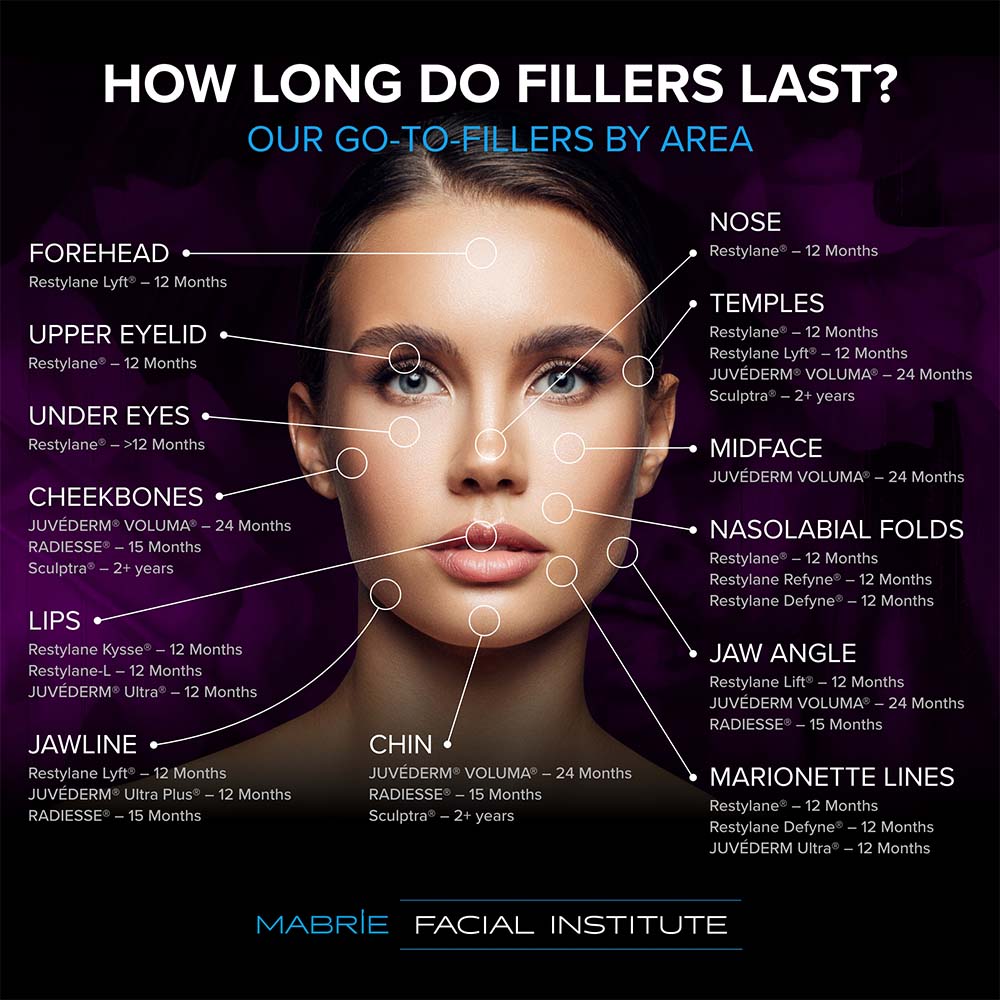
Benefits and Advantages in Radiesse vs Juvéderm Comparison
Both Juvéderm and Radiesse offer distinct aesthetic advantages depending on patient goals and anatomical needs.
Juvéderm products:
- Provides a soft, natural look that blends seamlessly with surrounding tissue, making it ideal for lips, tear troughs, and midface enhancements.
- Its hydrating properties and smooth gel consistency contribute to refreshed, youthful contours with minimal swelling and downtime.
- Patients benefit from its reversibility, which adds an extra layer of safety and peace of mind during treatment.
Radiesse products:
- Delivers firmer, more sculpted results that are well-suited for jawline definition, cheek enhancement, and hand rejuvenation.
- Its biostimulatory action supports long-term collagen production, making it a dual-action filler for volume and skin quality improvement.
- Patients appreciate the longer-lasting structural lift and visible improvement in skin density and elasticity.
Safety, Training, and Product Considerations
Juvéderm is widely regarded as a beginner-friendly filler because of its soft consistency and reversibility. Its wide range of viscosities across product lines makes it adaptable to various treatment depths and facial zones, supporting a broad spectrum of aesthetic indications. Clinicians can enhance their skills through Juvéderm courses at HubMed Ed, covering anatomy, product use, and complication management.
Radiesse, in contrast, should be reserved for advanced injectors. It requires careful attention to injection depth and technique due to its rigidity and non-reversible nature. Because of its particle size and biostimulatory properties, improper placement can result in complications such as nodules or uneven texture, especially in thin-skinned or mobile areas.
Side Effects and Contraindications in Radiesse vs Juvéderm
While both Radiesse and Juvéderm are generally safe when administered by trained professionals, each has specific side effect profiles and contraindications that must be considered before treatment.
Radiesse injectables:
- Side Effects: Nodules, granulomas, or firmness at the injection site if placed too superficially or incorrectly.
- Contraindications: Avoid in mobile or thin-skinned areas such as the lips and periorbital region due to high complication risk.
Juvéderm injectables:
- Side Effects: Swelling, bruising, Tyndall effect if placed too superficially, and occasional overcorrection.
- Contraindications: Use with caution in areas with thin skin or where filler visibility may occur. Not recommended in patients with severe allergies or lidocaine sensitivity.
Common considerations for both fillers:
- Side Effects: Localized tenderness, redness, and mild bruising are common post-injection responses.
- Contraindications: Should not be used in patients with active skin infections, bleeding disorders, or during pregnancy and breastfeeding.
Careful patient selection, detailed medical history, and understanding of facial anatomy are critical when weighing CaHA filler vs HA filler.
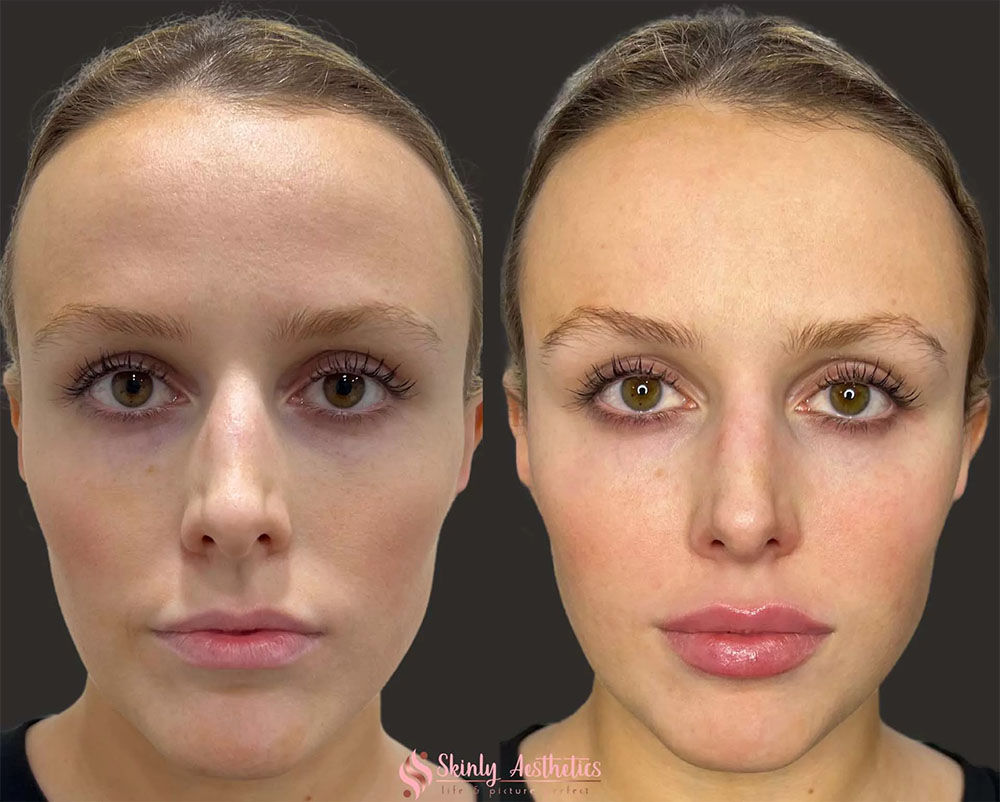
Customization and Layering with Other Injectables
Tailoring treatments with layered injectables is a growing trend in aesthetic medicine, enabling practitioners to address multiple concerns in a single session or progressive plan.
Both Radiesse and Juvéderm can be used in combination treatments:
- Juvéderm integrates seamlessly with neuromodulators like Botox, making it a popular choice in full-face rejuvenation protocols. It’s frequently used with lip fillers, tear trough corrections, and midface contouring where soft texture and flexibility are required.
- Radiesse can be used in multi-modal protocols, such as in combination with PDO threads, skin tightening devices, or diluted for bio-rejuvenation in the neck and décolleté.
In Conclusion
Radiesse and Juvéderm serve unique clinical purposes, depending on the anatomy, injector expertise, and patient goals. Juvéderm’s flexibility and reversibility make it a go-to option for subtle, dynamic enhancements. Radiesse provides unmatched structural support and collagen stimulation for patients seeking long-term, firmer results.
To expand your clinical expertise, explore product-specific trainings and comparison-based modules available through platforms like HubMed Ed masterclasses. Select the appropriate filler by aligning your treatment plan with both the scientific basis of the product and the patient’s individual needs.
FAQs
What is the best filler that lasts the longest?
Radiesse and Juvéderm Voluma XC are among the longest-lasting fillers. Radiesse offers 12-18 months of results with collagen benefits, while Voluma XC can last up to 2 years.
Which filler is healthiest?
Both are safe and biocompatible when injected properly. Juvéderm is more reversible and hydrating, while Radiesse promotes natural collagen regeneration.
Is Radiesse more expensive than Juvéderm?
Radiesse tends to be slightly more expensive per syringe, but pricing also depends on location, injector, and treatment area.
What is the longest lasting filler for under eyes?
Juvéderm Volbella XC or Belotero are commonly used under the eyes due to their soft texture. Radiesse is not recommended in this area.
Is Radiesse considered a permanent filler?
No, Radiesse is not permanent. It lasts 12-18 months, with longer-term effects from collagen stimulation, but eventually metabolizes.
What are the downsides of Radiesse fillers?
Radiesse cannot be dissolved, and if injected superficially or in the wrong area, it may form lumps or nodules. It requires experienced handling.
References:
- Allemann IB, Baumann L. Hyaluronic acid gel (JuvédermTM) preparations in the treatment of facial wrinkles and folds. Clin Interv Aging. 2008;3(4):629–634. doi:10.2147/cia.s3118. PMID: 19281055; PMCID: PMC2682392. https://pmc.ncbi.nlm.nih.gov/articles/PMC2682392/
- Aguilera SB, McCarthy A, Khalifian S, Lorenc ZP, Goldie K, Chernoff WG. The role of calcium hydroxylapatite (Radiesse) as a regenerative aesthetic treatment: A narrative review. Aesthet Surg J. 2023;43(10):1063–1090. doi:10.1093/asj/sjad173. PMID: 37635437; PMCID: PMC11025388. https://pmc.ncbi.nlm.nih.gov/articles/PMC11025388/
- Gotter A. What makes Radiesse different from Juvéderm? Healthline. Updated January 7, 2019. Accessed July 4, 2025. https://www.healthline.com/health/radiesse-Juvéderm
- Meçani R, Amiri M, Kadouch J, Sajic D, Lin F, Cheung J, et al. Combined and hybrid treatments of hyaluronic acid (HA) and calcium hydroxylapatite (CaHA): A systematic review of mechanisms of action, aesthetic effectiveness, satisfaction, and safety profile. Aesthetic Plast Surg. Published online June 6, 2025. doi:10.1007/s00266-025-04904-x. https://link.springer.com/article/10.1007/s00266-025-04904-x
- Bravo B, Carvalho R, Bravo L, Penedo L, Elias M. Blending hyaluronic acid and calcium hydroxylapatite for injectable facial dermal fillers: A clinical and ultrasonography assessment. Cosmetics. 2024;11(2):61. doi:10.3390/cosmetics11020061. https://www.mdpi.com/2079-9284/11/2/61
*This article is intended for licensed medical professionals. All protocols, dosages, and treatment insights referenced herein are based on published literature. The content is not intended to encourage application, diagnosis, or self-treatment of unlicensed individuals, and should not be used as a substitute for the clinical judgment of a qualified healthcare provider.
Disclaimer:
This article is intended for licensed medical professionals. All protocols, dosages, and treatment insights referenced herein are based on published literature. The content is not intended to encourage application, diagnosis, or self-treatment of unlicensed individuals, and should not be used as a substitute for the clinical judgment of a qualified healthcare provider.

